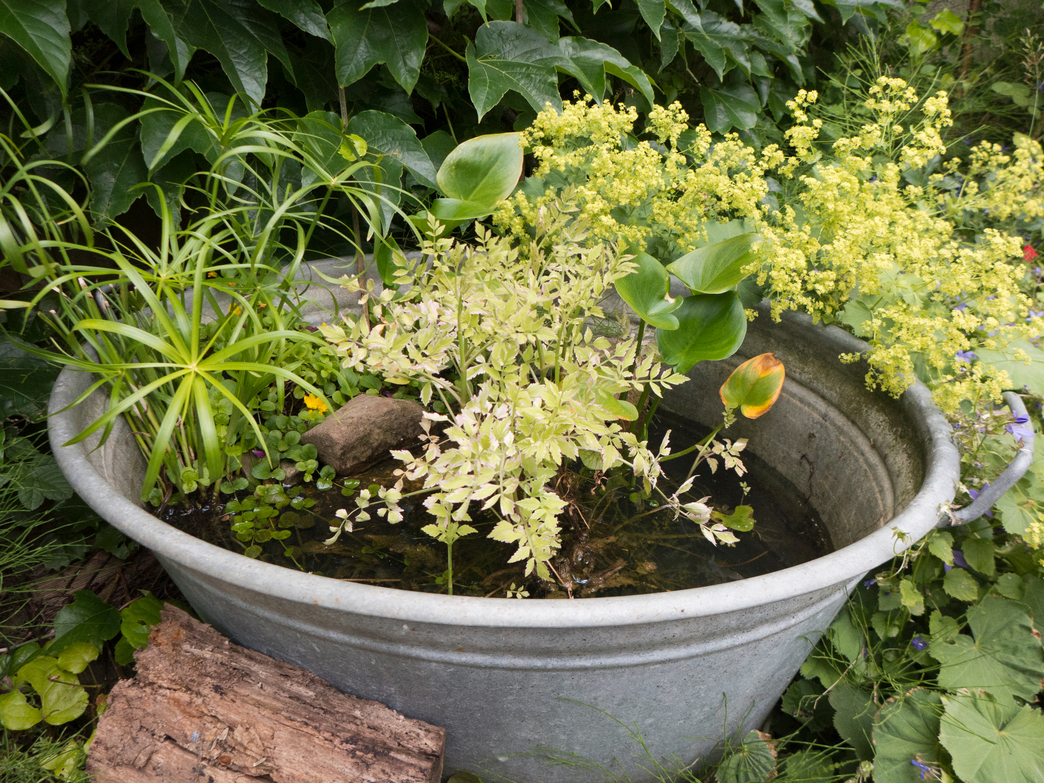It’s officially fall. I look forward to the slowing down of our lives as fall turns into winter. My husband has been working on completing some smaller projects around our property – building our blackberry trellis and working on a swing set for the boys. I’ve turned my attention to a very specific strain of thought – attracting more wildlife into our yard.
We are surrounded by woods. It’s not uncommon to see deer just hanging out along our driveway. Our yard is covered in bluebirds. During our first week here, I was ecstatic to see bats. Last night, as I went to feed the sheep, I heard the tell-tale sound of an Eastern Screech Owl.
There is wildlife here.
But I want more. So in this post, I’m going to share with you ways to encourage wildlife to your property. No matter what size it is.
What can you do to create a haven for wildlife?
By implementing a few simple tips, you can create a wildlife-friendly environment that will bring joy and beauty to your own backyard.
One of the first steps you can take is to plant native flowers and shrubs. Creating a diverse landscape is also crucial in attracting wildlife. Native plants provide a familiar and abundant food source for local wildlife, attracting a variety of birds, butterflies, and other pollinators. Additionally, these plants require less maintenance and are better adapted to the local climate, making them a sustainable choice for your yard. Incorporate a mix of trees, shrubs, and grasses to provide different levels of vegetation for animals to explore and seek shelter in. This variety will attract a wider range of wildlife, including mammals like squirrels and rabbits, as well as reptiles and amphibians.

In addition to planting native species, providing water sources is essential for attracting wildlife. Installing bird baths or small ponds can offer a refreshing oasis for birds and other creatures, especially during hot summer months. It’s important to regularly clean and refill these water sources to ensure they remain a reliable and safe place for wildlife to drink and bathe.
This is something that I still need to work on with our property. While we are bordered on two sides by a lovely stream, I still want to implement a small water source within the garden itself. I’m thinking of a micropond and The Wildlife Trusts has a great tutorial for a container pond: How to create a mini pond | The Wildlife Trusts.

Another way to invite wildlife into your yard is by putting up bird feeders. Bird feeders can be filled with a variety of seeds and grains that will attract different bird species. By providing a consistent food source, you can enjoy the presence of colorful birds year-round. I currently have sunflower heads from our garden lying around, as well as suet balls (which seem to disappear fast).
Additionally, installing birdhouses can provide shelter and nesting opportunities for birds, enhancing their overall. You’ll want to choose birdhouses with different entrance hole sizes to accommodate various bird species and ensure they have a safe place to raise their young.
Go Wild.
To further enhance the wildlife-friendly environment, consider leaving a portion of your yard untouched or wild. This can be a designated area where native plants can grow freely, providing a natural habitat for insects, small mammals, and even beneficial predators like spiders and ladybugs. These insects can help control pests in your garden, creating a balanced ecosystem.
As I mentioned in Putting Your Garden to Rest During Autumn, consider leaving any plant material that has simply died. The plants will provide some additional protection during the cooler days for our insect friends, as well as an alternative food source during these cooler months for wild birds.
Avoid using chemicals and pesticides in your yard, as they can harm wildlife and disrupt the natural balance. Instead, opt for organic and natural methods of pest control, such as companion planting and attracting beneficial insects. This will not only protect the wildlife in your yard but also contribute to a healthier environment overall.
Lastly, be patient and observant. Wildlife may take time to discover and adapt to your yard. By providing a welcoming environment for them, they’ll quickly learn that your yard is a haven to explore.
I look forward to updating you all next year with our attempts in attracting more wildlife to our land!